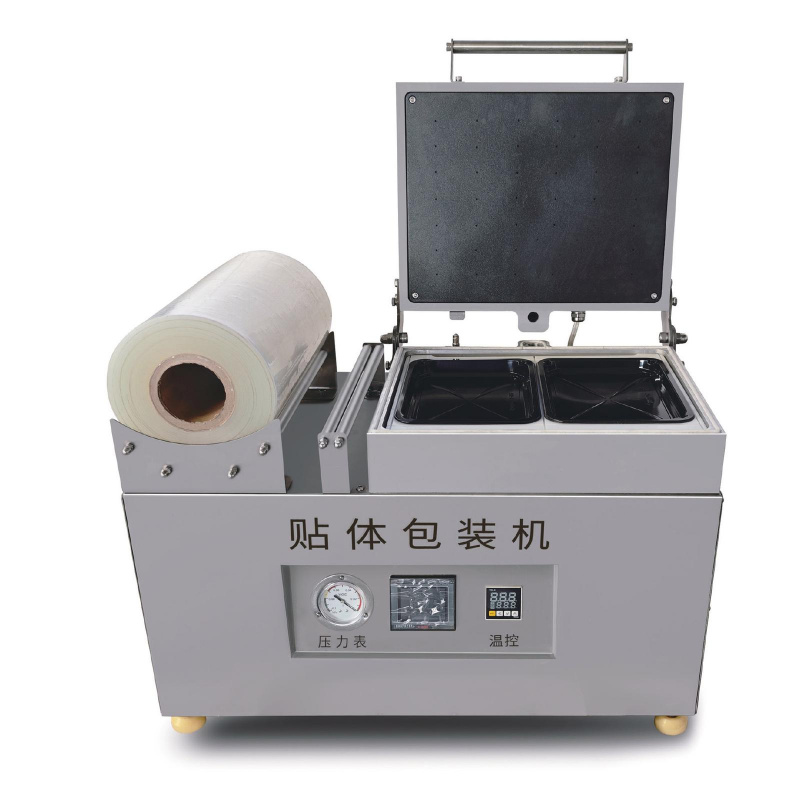Domestic food machinery companies need to improve internally to progress
The sustained and rapid development of the food industry has brought broad market opportunities for the food machinery industry, and technological maturity is a key guarantee for food machinery products to gain market recognition. With increasing demand and technological upgrades, China's food processing machinery has gradually gained a place in the international market.
China has a long history of food processing, but its food machinery industry started relatively late. Before the founding of the People's Republic of China, this sector was virtually non-existent, with most food processing done manually, resulting in low productivity and inconsistent product quality. After the founding of the PRC, machinery for processing canned goods, dairy products, and other foods began to develop. Since the reform and opening-up policy, with continuous economic growth, the food industry has expanded rapidly, and the demand for food machinery has steadily increased, leading to the initial formation of China's food machinery industry.
According to reports, with growing demand and technological advancements, China’s food processing machinery has gradually established a presence in the global market. However, it still cannot fully meet the vast demands of food processing. Currently, the food machinery industry has entered a period of structural adjustment, and greater coordination between manufacturers and government support is needed to overcome current challenges.
Economics features a concept known as the "Smile Curve," which illustrates that within a supply chain, manufacturing—the middle環(huán)節(jié)—has the lowest added value, while research and development (R&D) and sales, at the two ends, offer high value-added opportunities. Therefore, the future direction of the industry should focus on both ends of the Smile Curve. By embracing the curve, companies can concentrate on R&D and sales, leaving the lower-profit manufacturing phase—which accounts for only about 5% of profit—to the center. It is hoped that more enterprises will focus their efforts on innovation and R&D, fostering a culture of invention, and promoting the richness and diversity of Chinese culinary culture.







